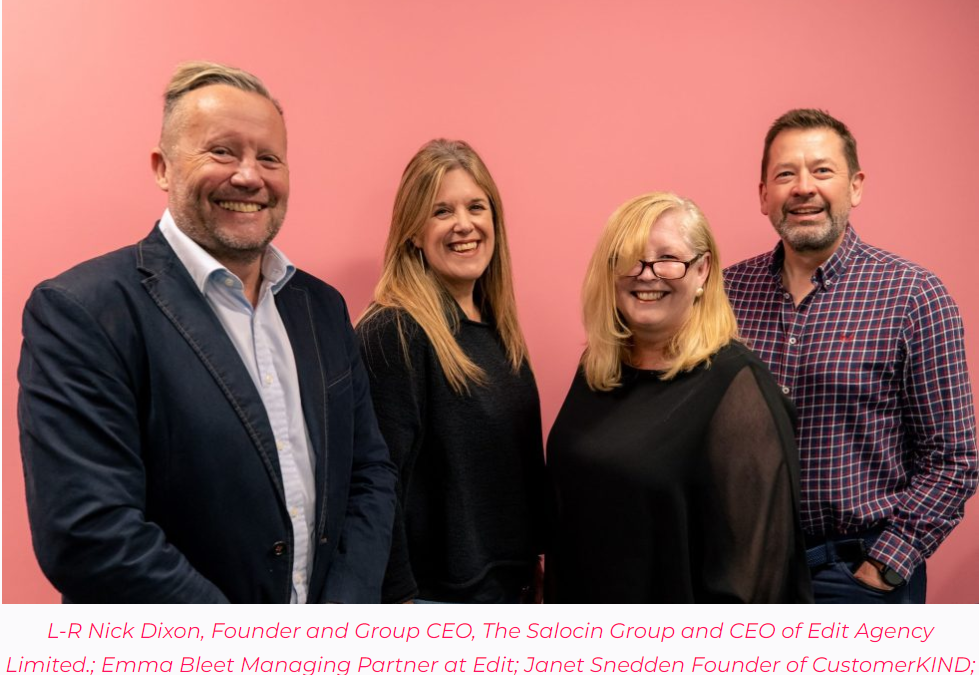Link earning is the process of adding so much value to a story that journalists and bloggers cannot fail to link to your website when covering it.
Link earning has nothing to do with the story you’re creating. It doesn’t really have anything to do with PR. Doing something newsworthy can be enough to get talked about in the press, but it isn’t enough to get links. To earn links you need to tie content on your website into that story.
There’s an unfortunate misconception that link earning means creating great content and crossing your fingers. That doesn’t work. Content doesn’t get links on its own – it just doesn’t happen. Even when linkbait was all the rage we didn’t really expect people to find it on their own. It went on Reddit or Digg…and we’d probably email a few “influencers” too.
I would encourage you to think about link building as a two step process.
- What can we do to earn coverage?
- What can we do to turn that coverage into links?
The obvious answer is “I’ll just email the journalist afterwards and ask for a link.” How’s that working out for you? What’s your success rate?
You’ve done something awesome. You’ve added value to a journalist and they’re written about what you did. You’ve asked them for a link and taken a little bit of that value away. You’re distracting them from adding value to their audience by giving them (what they see as) a pointless task.
Prepare properly – create something that expands on that story, like the data that powers it or an exclusive interview with the person that created it or some guides that will help people to overcome the problem you highlighted – and give that to your contact from the get go. Your success rate will improve massively.
Think about it this way: earning coverage is adding value to a journalist. Giving them something they know their audience will like. Earning links is adding value to the audience. A journalist will link if you’re helping them add value to their audience.
A PR stunt is enough to get covered in the press. It might even go viral. Every week we cover our favourite PR campaigns. Do we link to the brands that ran them? Rarely. Is it because we are horrible people? Or are we precious about our “link juice”?
Neither. We’re writing about a PR campaign, not a brand. If you’re reading our thoughts on the “hangover help” stations Tesco put in its stores last year we don’t think that makes you want to shop online, so we won’t link to Tesco’s homepage. That link adds nothing for you. If there was a “hangover help” page on the website, which maybe gives you some recipes for hangover cures; or gives you a calendar with where the hangover help stations will be next week; or even a “fake” category page in the ecommerce section of the site where we can buy bacon sandwiches and full-fat Coca Cola…Tesco would have earned a link from us.
…but when Volvo uses its Life Paint to make skeleton costumes for Halloween and then puts the stencils on its website for you to download and use yourself we’ll link to that all day long (well done Grey London).
Next time you’re thinking of doing something to get talked about think about what value your website will be adding to that conversation too.

